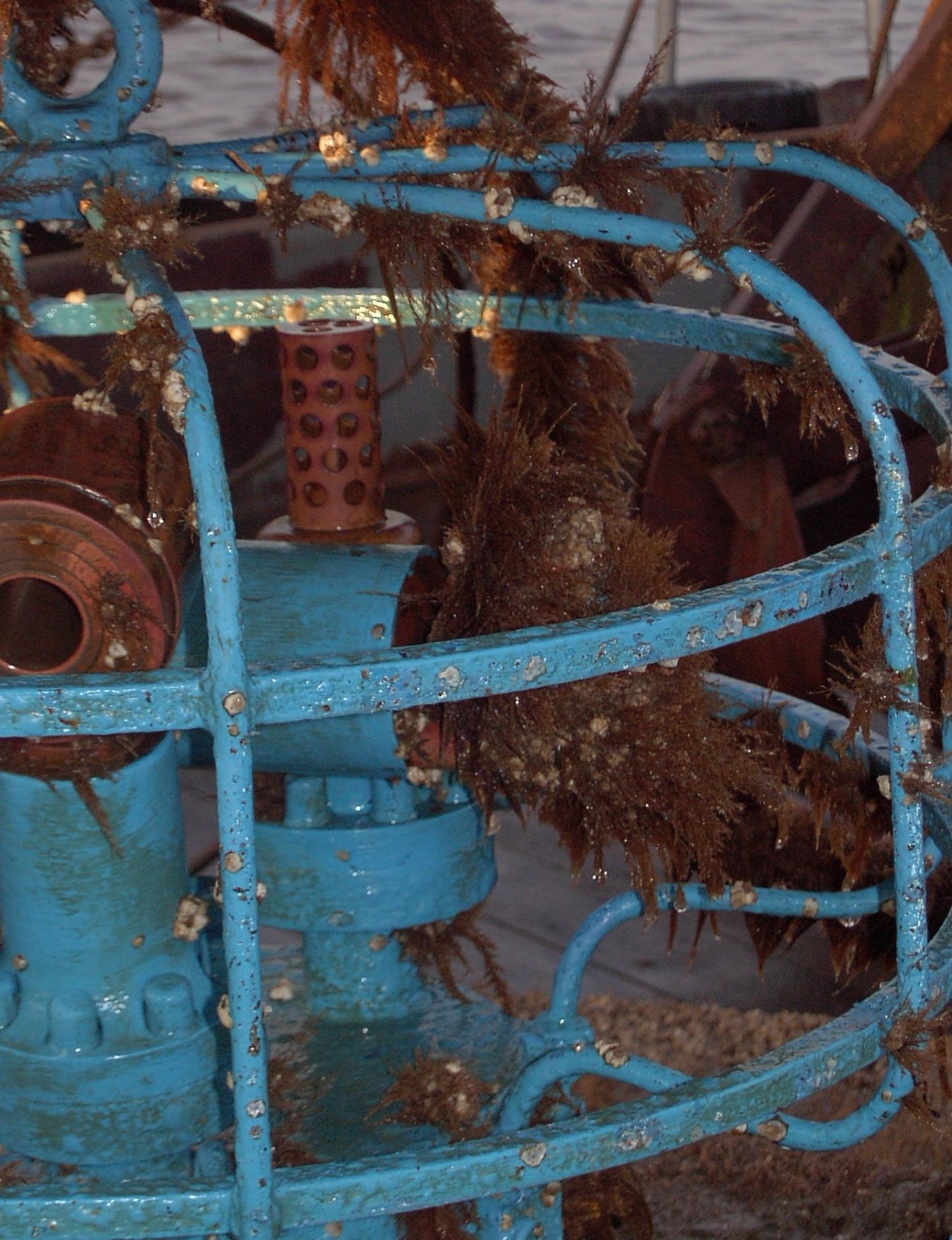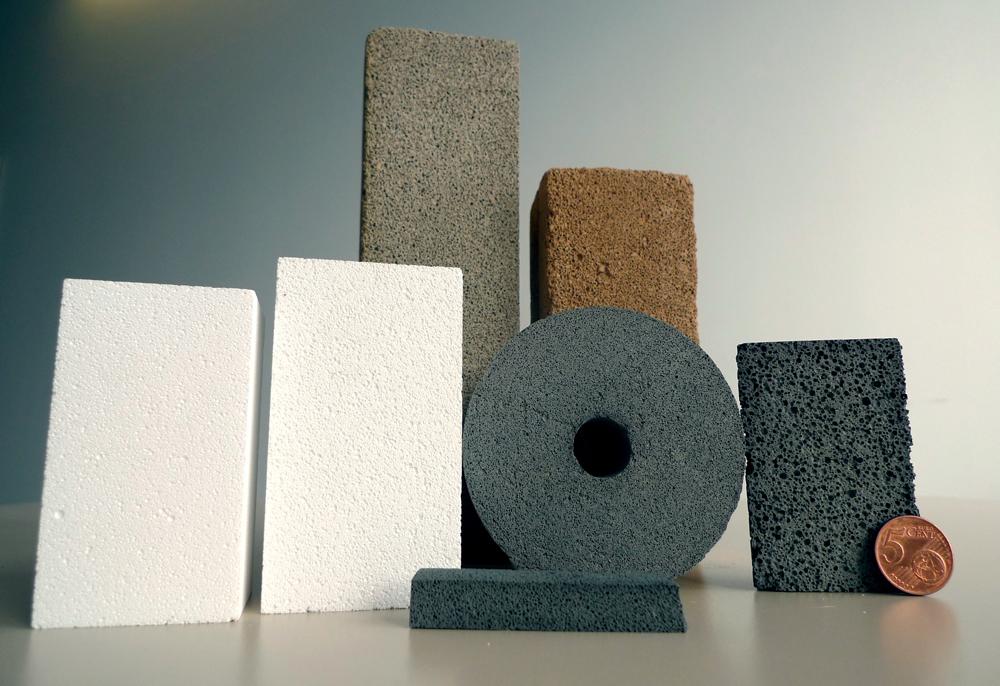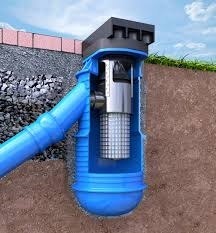


In the field of drinking water disinfection, water treatment, process water treatment and waste water treatment, but also in water monitoring, measuring systems for the collection of standard parameters such as temperature, conductivity / salinity, pH, chlorophyll, pCO2 and turbidity play a decisive role. When remaining in aqueous media, sensor systems are covered within a short period of time with a growth layer of various organisms (biofilm), which impairs the functionality and reliability of the sensor. The current practice in dealing with the problem of fouling / scaling consists in the frequent replacement of the sensor components as well as the establishment of maintenance- and cost-intensive mechanical cleaning cycles or the use of ecologically harmful, water-endangering chemicals. The aim of the project is therefore to develop a highly effective but non-toxic antifouling concept for water monitoring on the basis of specifically functionalized, water-barrier-forming layers and thus to meet the customer's requirements for a measurement technology that is not maintenance-intensive but nevertheless stable over the long term.

Even if the detectable amounts of drug and pesticide residues in surface water and drinking water do not pose an acute health hazard, there is no doubt that the permanent introduction of such substances into water is associated with health and environmental risks. Unfortunately, such residues can only be retained unsatisfactorily with the currently established water treatment processes and more effective processes are considerably more expensive than the currently used ones. The aim of the project is therefore to develop an inexpensive process for the removal of such pollutants and to develop the necessary active masses, which can be used to convert the pollutants into harmless substances. For this purpose, a reaction principle already well known from the remediation of contaminated sites is to be used, whereby the pollutants are degraded by reaction with inexpensive iron alloys or converted into those with a lower ecotoxicological hazard potential. However, the chemical reactions that cause this have so far been too slow. This is due to the active masses that form blocking surface layers over time. In order to compensate for this disadvantage, the active mass made of special iron is to be applied to floating ceramic foam balls as a reusable carrier. If such a composite material is introduced into a waste water stream, the balls rub against each other, whereby the blocking surface layer is regularly rubbed off and the reactivity is maintained. In this way, it should also be possible to treat large waste water streams.

Within the project, the development of new materials and process engineering is intended, in order to optimize the retention of different microplastic particles (size, shape, material) from different input paths of urban water management (wastewater treatment plant effluent, combined sewer overflow, road runoff) and thus to achieve high quality requirements for the protection of surface waters within a sustainable water management. This requires quality assurance that allows the examination of various technical and natural systems with regard to their retention. An evaluable investigation methodology and initial assessment approaches for the assessment of the cleaning procedures, which are developed within the project, are crucial.
Photo credits: v.o. ©-4H- JENA engineering GmbH, ©Fraunhofer IKTS, ©Funke Kunststoffe GmbH